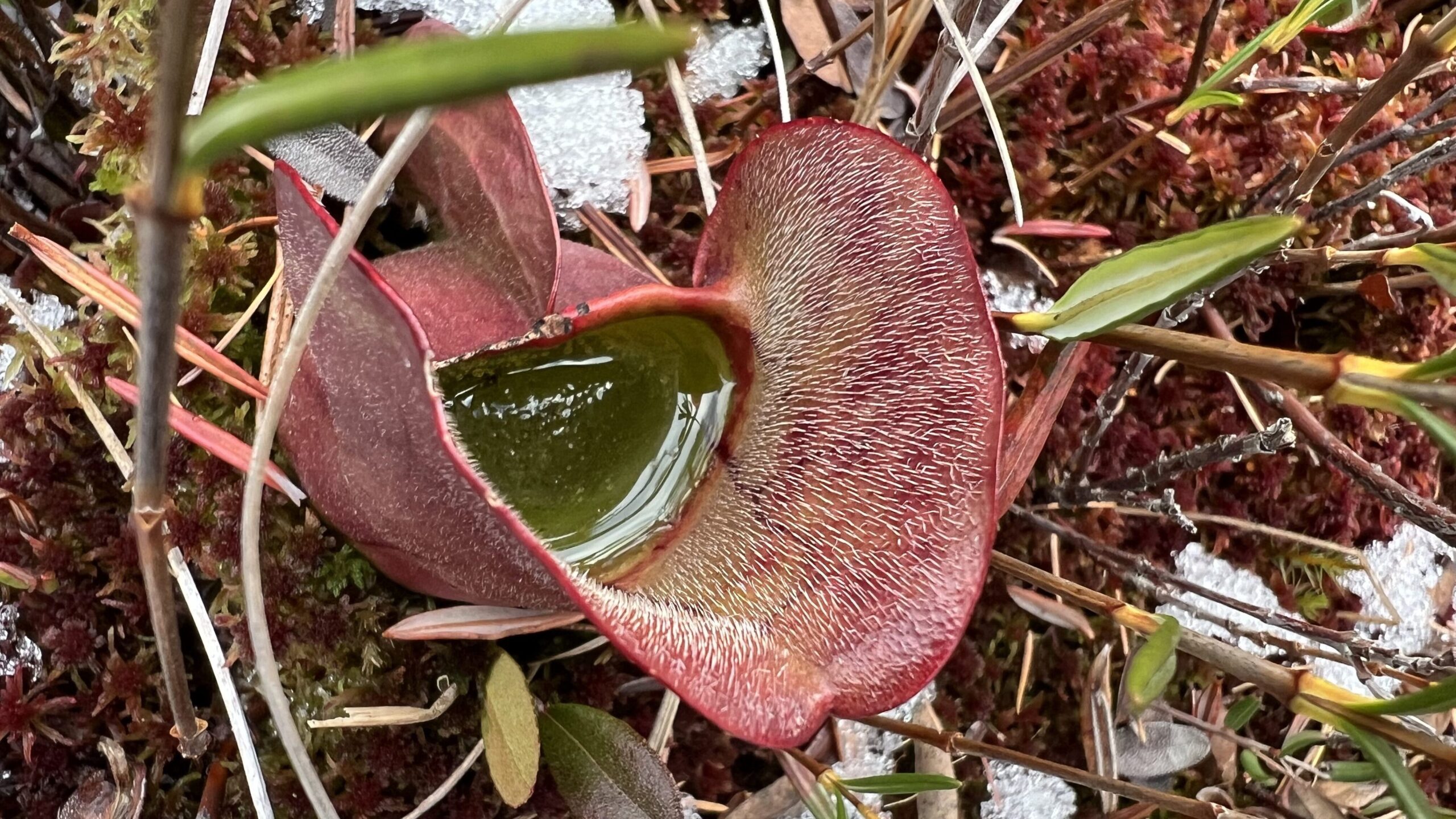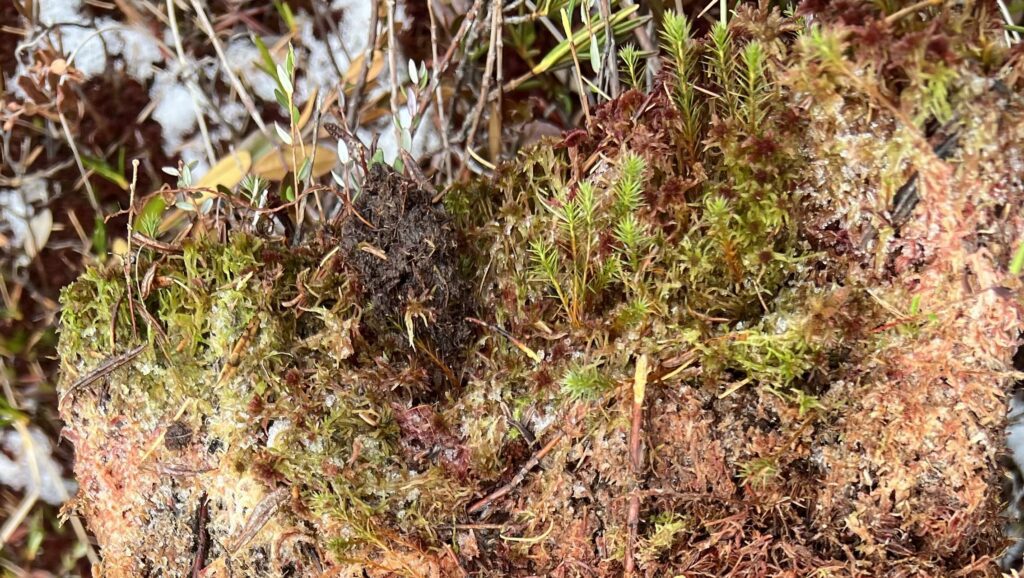Protecting peatlands for climate mitigation
Blending the boundaries between freshwater and terrestrial, peatlands are composed of partially decayed plant matter that has accumulated over time. This ecosystem is also home to some rare or regionally significant species.
“They don’t stand out. They don’t have maybe as many charismatic sort of features or macro fauna that some ecosystems have,” said The Nature Conservancy Peatland Scientist Mark Felice. “But the more time you spend in them, the more you pick up on the little details. There’s really unique, interesting species.”

Peatlands also play an important role in global carbon storage. They occupy around three percent of the planet but store 30 percent of its carbon.
“Peatlands are just sort of a superhero of carbon sequestration, so they’re really crucial for reducing human-caused climate change,” said Felice. “If we don’t steward our peatlands properly, they could then release that carbon into the atmosphere, which would really be detrimental for our climate.”
The Nature Conservancy has been doing field work at the Sax-Zim Bog to learn more about the climate impacts of restoring peatlands.
“We’re looking at peatlands as what we call natural climate solutions, or climate mitigation. That is accomplished through improved ways of managing the land and the landscape,” explained The Nature Conservancy Freshwater Ecologist Kristen Blann. “Climate scientists have estimated how much carbon emissions we need to, to reduce and also how much needs to be sequestered to meet certain climate targets and goals such as trying to keep warming under one and a half or two degrees Celsius and limit the impacts of warming on people and in ecosystems. And in the short term, those improvements to the land can actually be a big part of that. Improvements to the way we manage agricultural soils to enhance their carbon uptake, improved forestry management that will increase their carbon uptake, and with peatlands, it’s particularly important to prevent them from becoming sources of carbon.”

Scientists have done one full season of field work, comparing areas near drainage ditches to portions of the bog unaltered by humans.
“What we’re seeing is that really the levels of water, how wet or dry the soils are, have a big impact on how much carbon as carbon dioxide or methane is produced from the soils,” Felice explained. “If we can make the conditions wetter, then we can switch from soil losing carbon into the atmosphere to those plants, pulling in carbon dioxide dying and sort of leaving it in place.”
The team hopes to continue the research and possible close ditches made in the late 1800s to early 1900s.
“There’s the potential to not just close some of the ditches which cost money, cost the taxpayers to maintain, but to actively, maybe restore them and restore their water holding capacity as well as their carbon function,” said Blann.
This is one of several projects The Nature Conservancy is working on within Minnesota. More information on the organization and their ongoing work can be found at this link.